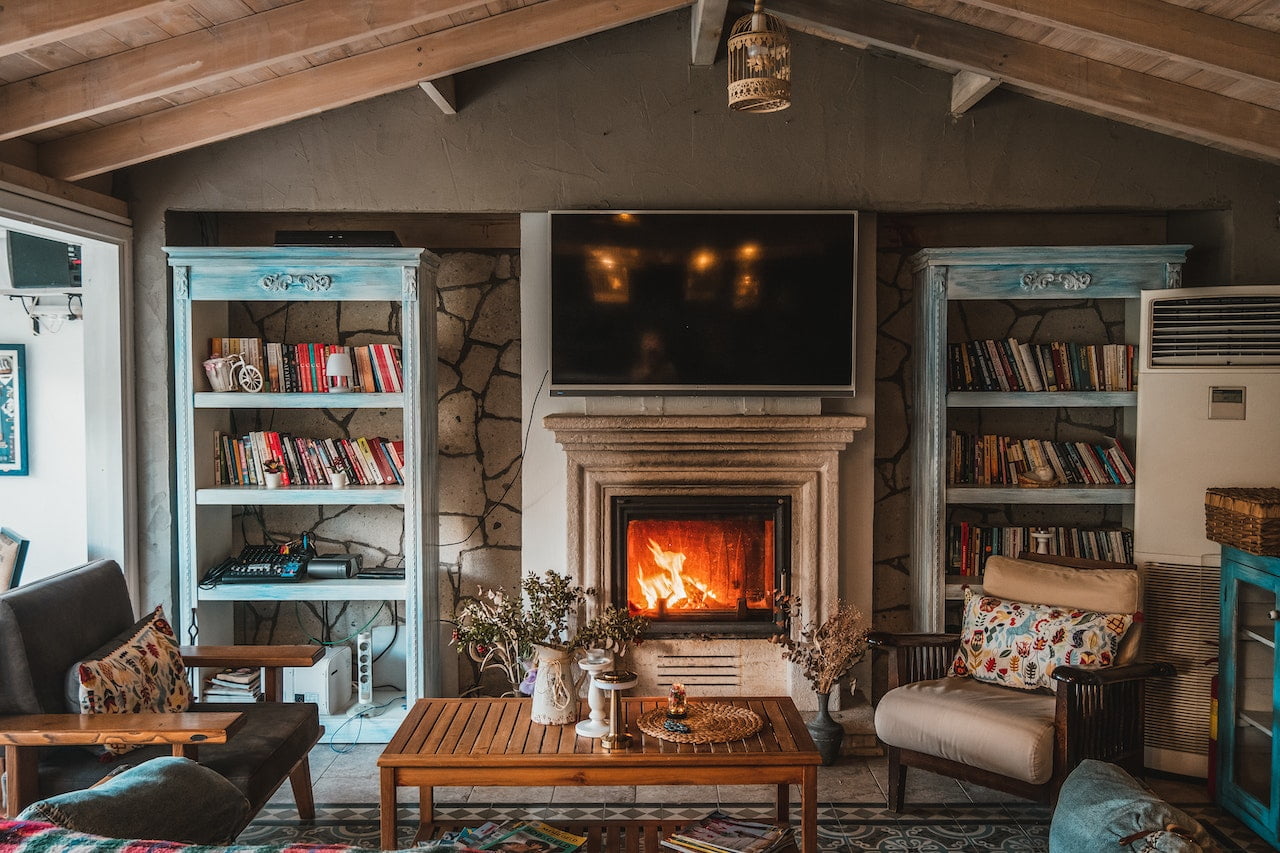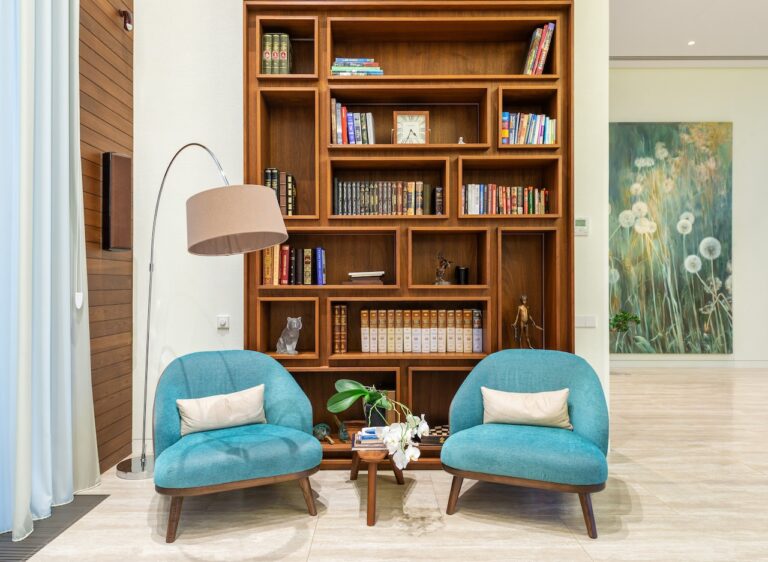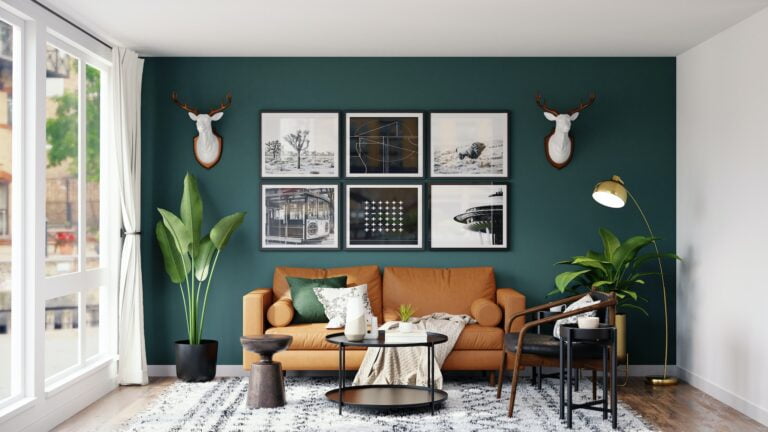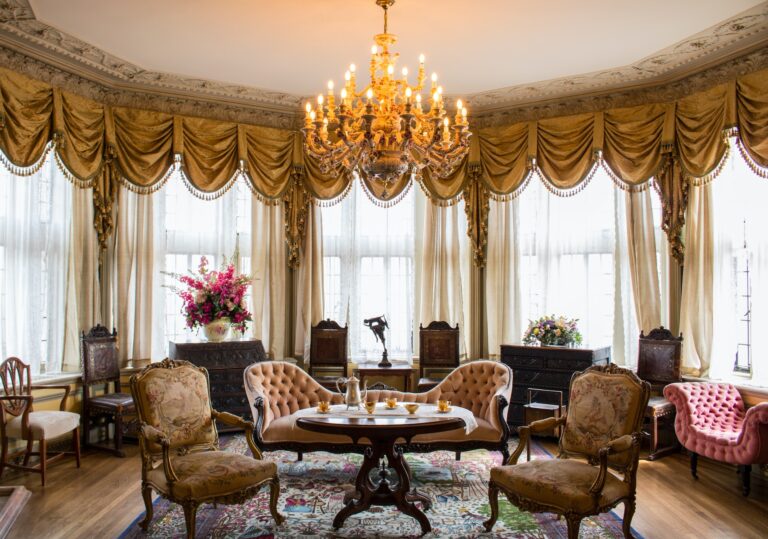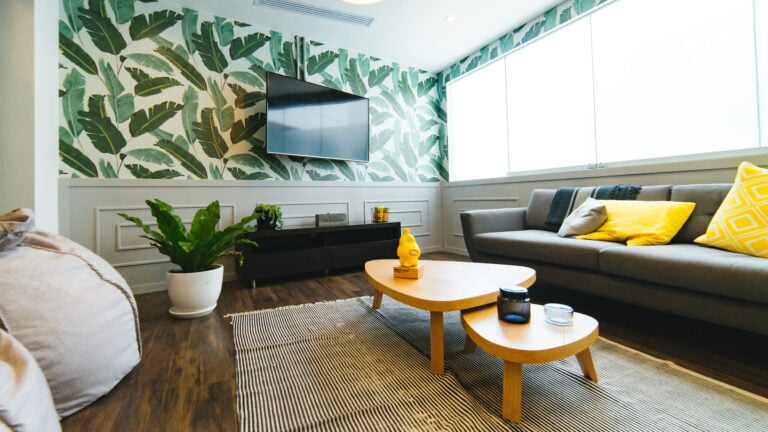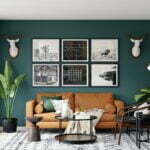Welcome to the wonderful world of farmhouse interior design, where rustic meets elegant sophistication. Because of its timeless beauty and comfortable ambience, this design style has grown in popularity throughout the years. Whether you want a comprehensive house to remodel or just some rural accents, we’ve got you covered. In this article, we will discuss some key ideas for achieving the perfect farmhouse style. From choosing the proper colour palette to incorporating vintage finds, you’ll learn all you need to know about this popular design style. So take a cup of coffee and dive into the world of farmhouse interior design!
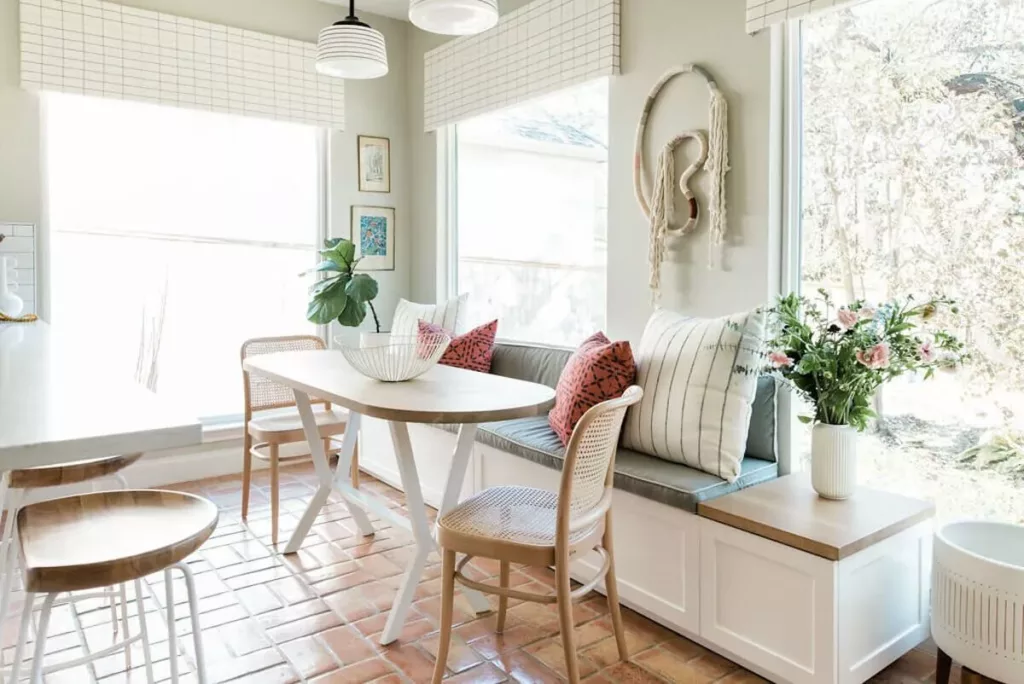
1. TEXTURES
Textures play an important role in generating the warm and inviting atmosphere associated with farmhouse home design. The correct texture may provide depth and perspective, create visual interest, and contribute to a relaxing environment.
The most popular texture in farmhouse design is natural wood. From rough-hewn beams to fading plank flooring, wood adds warmth and rustic charm to every place. Use wooden elements like an accent wall, a barn door, or a reclaimed wood coffee table. Exposed brick or stone is another texture that adds a feeling of authenticity and earthiness to the space in farmhouse décor. Linens and textiles play an important role in creating a cosy farmhouse feel.
In farmhouse-style upholstery, draperies, and pillows, people commonly use natural fibres such as linen, cotton, and hessian. Woven or braided rugs are another great way to add texture and cosiness to a space.
To give a farmhouse-inspired design an industrial touch, you can utilize metals such as wrought iron, copper, and brass, as well as fabrics. Incorporate metal into light fixtures, hardware, and accent pieces such as wall art and sculptures. When bringing texture into your house, it’s important to blend different textures without overwhelming the space and to keep a rustic feel. Experiment with different textures, but don’t go overboard. You want to improve the room’s aesthetic attractiveness without making it feel congested or disorderly. Keep the colour palette in mind while selecting textures.
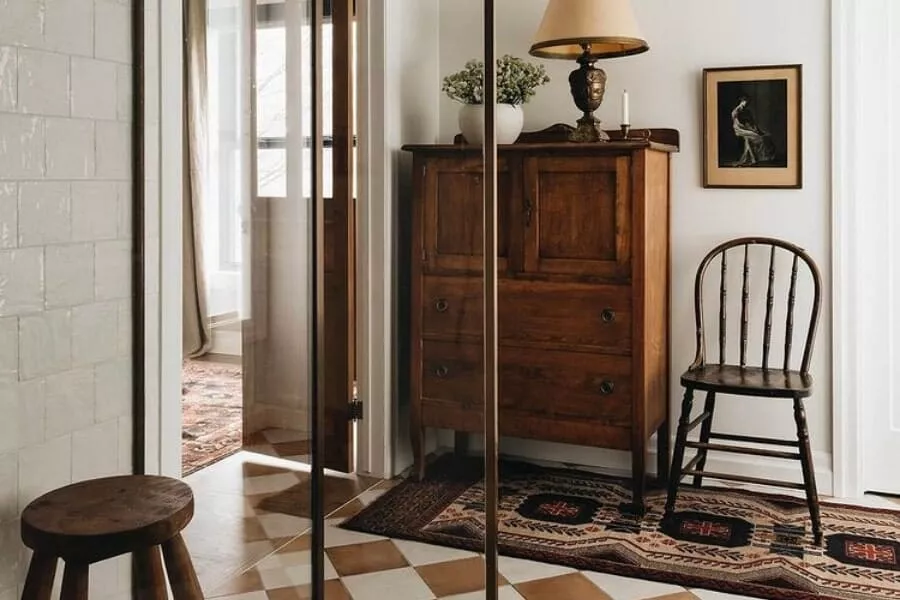
2. FURNITURE AND DECOR
Farmhouse interior design incorporates rustic and vintage features to create a warm and inviting atmosphere. Farmhouse furniture and décor stress comfort and usefulness, with natural materials, rustic finishes, and simple, timeless shapes dominating. The farmhouse table is a notable component of farmhouse furniture. Sometimes people build these enormous, strong tables of salvaged or damaged wood, giving them a worn appearance. When combined with a set of basic, comfy chairs, a farmhouse table serves as the main point of the dining room and produces a warm, welcoming ambience. Another rural design standard is the farmhouse-style couch. Typically, manufacturers construct these sofas using natural fabrics such as linen or cotton, and they feature basic, classic shapes with comfy cushions.
In a farmhouse-inspired setting, designers frequently design the living room to be a pleasant and attractive gathering place for family and friends. They often accompany it with accent chairs upholstered in complimentary fabrics. Wooden cabinets, bookshelves, and storage benches are classic farmhouse furniture components. People frequently feature rustic finishes, such as worn or weathered wood, in these pieces, and they can use them to provide usefulness as well as a flare to a space. In its décor, the farmhouse style stresses simplicity and natural materials. Antique or antique accents, such as old books or metal decorations, can add character and charm to a design. Some trendy farmhouse décor items include woven baskets, framed botanical prints, and weathered or vintage-style signage. When it comes to picking furniture and décor for a farmhouse-inspired room, it’s important to strike a balance between rustic and modern elements.
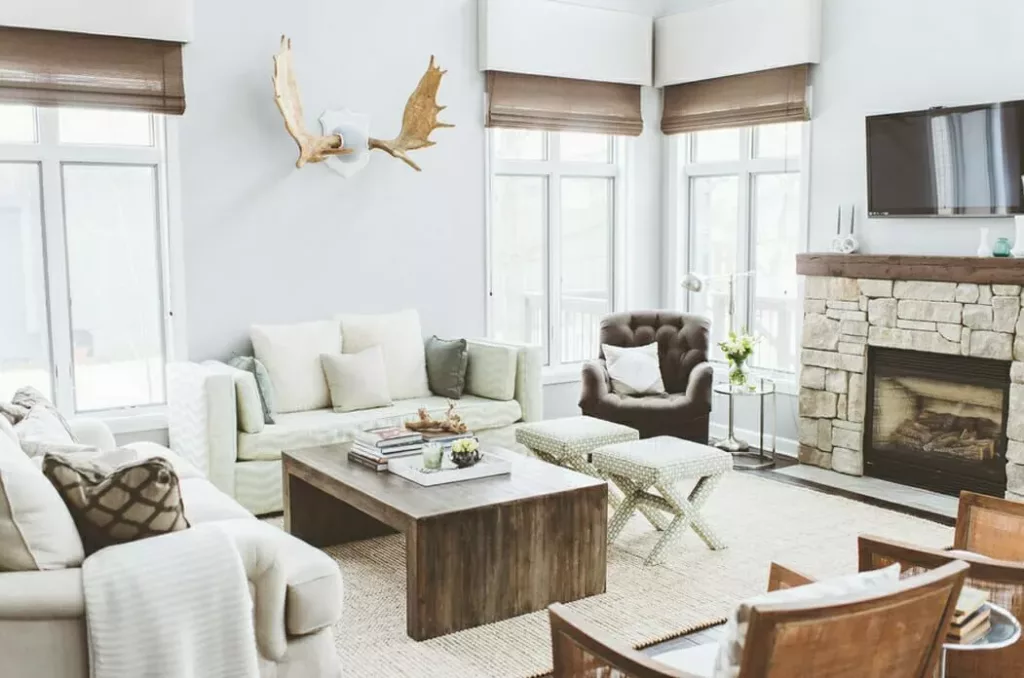
3. LIGHTING
Lighting is an important aspect of farmhouse interior design since it contributes to the snug, welcoming atmosphere that defines this style. The correct lighting may draw attention to antique and rustic aspects, improve the texture and warmth of natural materials, and offer effective lighting for the space.
Pendant lights and chandeliers are two of the most common types of lighting in farmhouse décor. These lights frequently have a rustic or vintage-inspired appearance, with exposed bulbs or metal embellishments that give the place an industrial sense. People frequently use pendant lights and chandeliers in the dining room or kitchen to provide both practical and beautiful illumination.
Table lamps are another popular type of illumination in farmhouse décor. Natural or distressed finish lamps with basic, classic designs are ideal for providing a warm touch to a room. You can utilize these lamps to add a warm glow to your living area, bedroom, or office.
Sconces are very common in farmhouse decorating. You can wall-mount these lights, which are often constructed of natural materials such as wood or metal, to offer ambient or task lighting. Sconces may provide a rustic touch to corridors, baths, and bedrooms.
Consider both form and function when choosing lighting fixtures for a farmhouse-style home. Look for fixtures that match the overall appearance of the space, preferring natural materials, old or faded finishes, and simple, timeless designs. It’s also critical to make sure the fixtures offer adequate lighting for the room, with a combination of ambient and task lighting as needed.
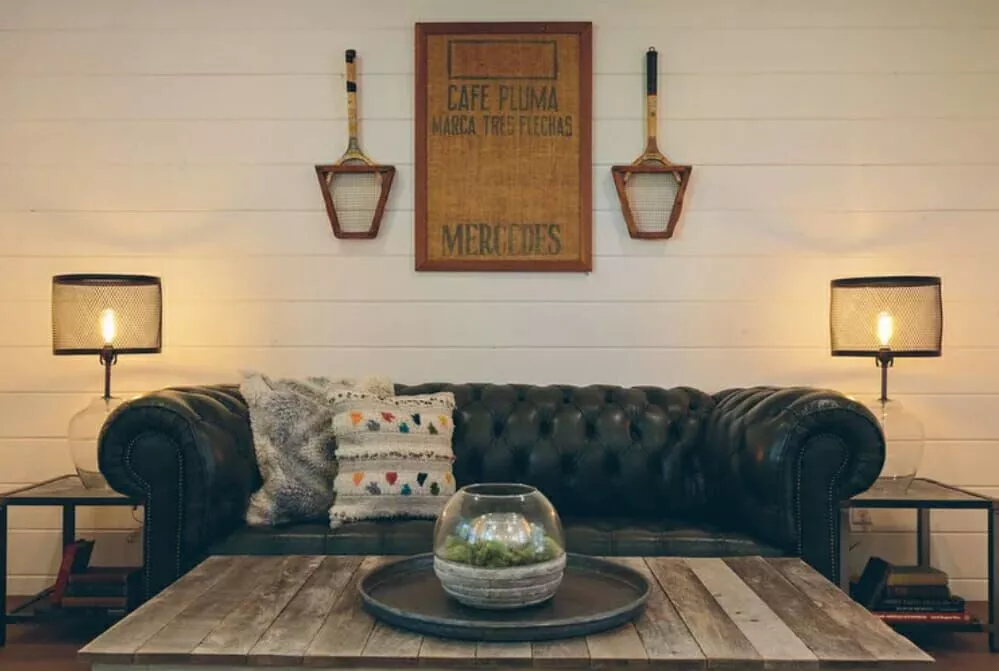
4. FINAL TOUCHES
Wall art and accessories help to complete the farmhouse vibe and bring character and charm to the area. These finishing touches may help bring the entire design together. The area feels more coherent and welcoming. Use natural materials, antique or faded finishes, and simple, timeless designs for finishing touches. Search for things that offer texture and warmth. People frequently use framed flower paintings, vintage-inspired posters, or rustic mirrors as a finishing touch in farmhouse décor.
You can use these pieces to create a focal point in a room, emphasize antique or rustic aspects, and enhance the overall appearance of the area. Accessories like woven baskets, carpets, and couches are popular finishing touches in farmhouse décor. These pieces may bring texture and warmth to a room while still being functional. Look for items made of natural fabrics, such as wool or linen, and in neutral colours to complement the overall decor of the area. It’s vital to find a balance between providing character and charm and overloading the area with decorative things when choosing finishing touches for a farmhouse-style environment. Begin by choosing a few important pieces that suit the overall aesthetic of the area. Take note of the size and scale of each object and ensure that it fits comfortably inside the area.
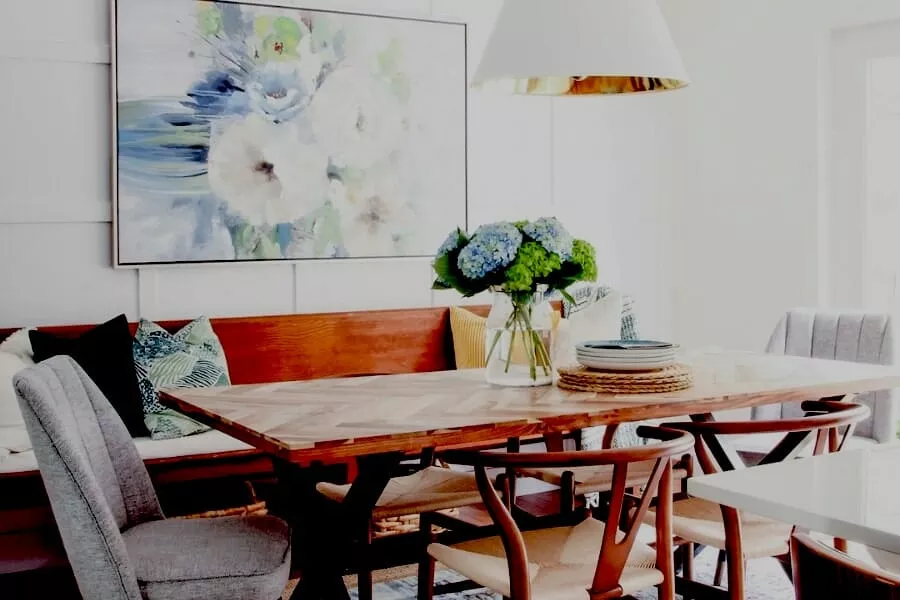
CONCLUSION
Colour, texture, furniture and décor, lighting, and finishing touches are all important considerations when creating the right farmhouse design for your home. You may create a pleasant, inviting ambience that is both utilitarian and welcome by combining natural materials, vintage-inspired furnishings, and basic, timeless designs.
Colours that are neutral and subdued, such as white, beige, and grey, work well to achieve the farmhouse look. The textures of wood, stone, and metal provide warmth and depth to the area. Farmhouse tables, open shelving, and vintage-inspired décor are all examples of farmhouse-style furniture and decor. Lighting is essential for highlighting the texture and warmth of natural materials. Whereas finishing touches such as wall art and accessories may give character and charm to the area.
This post contains affiliate links. When you buy through links on our site, we may earn an affiliate commission. Read the full disclosure here.

